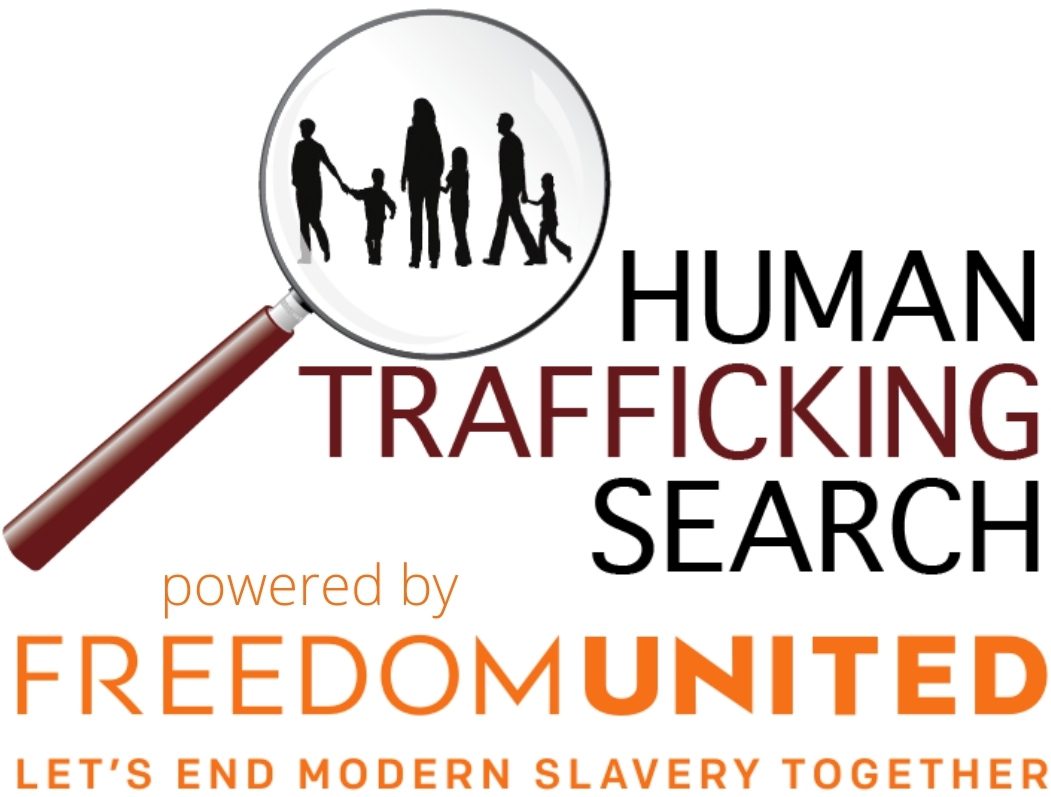The rapid advancement of artificial intelligence (AI) has introduced new complexities to the anti-trafficking landscape, presenting both opportunities and challenges for traffickers and those working to combat the crime. Strategic collaboration among technology companies, law enforcement, and trafficking experts and continuous technological innovation can transform these challenges into opportunities for more effective prevention, intervention, and protection of victims.
Traffickers’ Use of AICriminals are increasingly weaponizing AI to enhance their operations, using translation tools to craft culturally nuanced messages that resonate with victims in their native language. Combined with social media and messaging platforms, traffickers can execute sophisticated schemes across different countries, languages, and cultures, making their deception increasingly difficult to detect. Emerging automation capabilities could further enable large-scale victim identification and recruitment. AI advancements exponentially increase risks for vulnerable individuals online, giving traffickers an unprecedented ability to target potential victims by scanning social media data to gain insights into individual vulnerabilities and develop tailored exploitation strategies. AI systems can also be used to automate and scale grooming of potential victims via chatbots optimizing manipulation tactics through natural language processing and sentiment analysis. This represents a dangerous advancement where traffickers use automated systems to help identify and trap victims at an unprecedented scale.
Emerging Trends
AI-generated text-to-image technology, deepfake photo and video manipulation, voice and video generation, and other forms of content manipulation are used to target and exploit children and adults, including for human trafficking, with women and girls disproportionately impacted by crimes like sextortion and child sexual abuse material (CSAM) production (with more than 20,000 AI-generated CSAM images discovered on a single dark web forum in 2024). While CSAM and sextortion may not always amount to human trafficking as defined under U.S. federal law, they can serve as a gateway to child sex trafficking, as predators use grooming tactics to build relationships with youth before potentially using sextortion as a recruitment strategy. Traffickers may also use AI technologies to mask their identities and victims’ identities – portraying themselves as children to build trust with potential child victims online, impersonating trusted friends and family to deceive and control the individual, or as in some online scam operations, concealing labor trafficking victims’ identities while exploiting them in forced criminality, often forcing them to use AI-translated scripts and language models to target other victims globally.
Leveraging AI for Anti-trafficking Efforts
Even as these technologies enable criminal networks, AI can also be a powerful prevention and intervention tool:
- AI tools can help protect social media platforms by detecting and flagging harmful or inappropriate content, identifying and preventing unlawful activities, and flagging concerning conversations and suspicious job advertisements in real-time for swift intervention.
- AI tools can help educate potential victims through targeted awareness campaigns in multiple languages, adapt messaging to local contexts, and use content provenance technology to track the origin of digital content, creating a more informed and resilient population.
- AI technologies can transform how we identify and assist trafficking victims by analyzing online commercial sex advertisements, extracting phrases and language patterns, processing diverse digital evidence, and enabling law enforcement agencies to make data-driven decisions and improve their operational efficiency.
A Pivotal Opportunity for Impact
The complex relationship between AI and human trafficking demands strategic interventions. While AI offers unprecedented capabilities for detecting and disrupting trafficking networks, it also amplifies the risks of recruitment and exploitation by malicious actors. The path forward requires continuous technological innovation and collaborative efforts, including among technology companies, law enforcement, and anti-trafficking experts. Prioritizing victim protection and technological accountability, we can leverage AI as a powerful tool in combating human trafficking, transforming potential threats into strategic opportunities for intervention to reduce risks, address vulnerabilities, and prevent the crime.
Read more in the 2025 TIP Report

